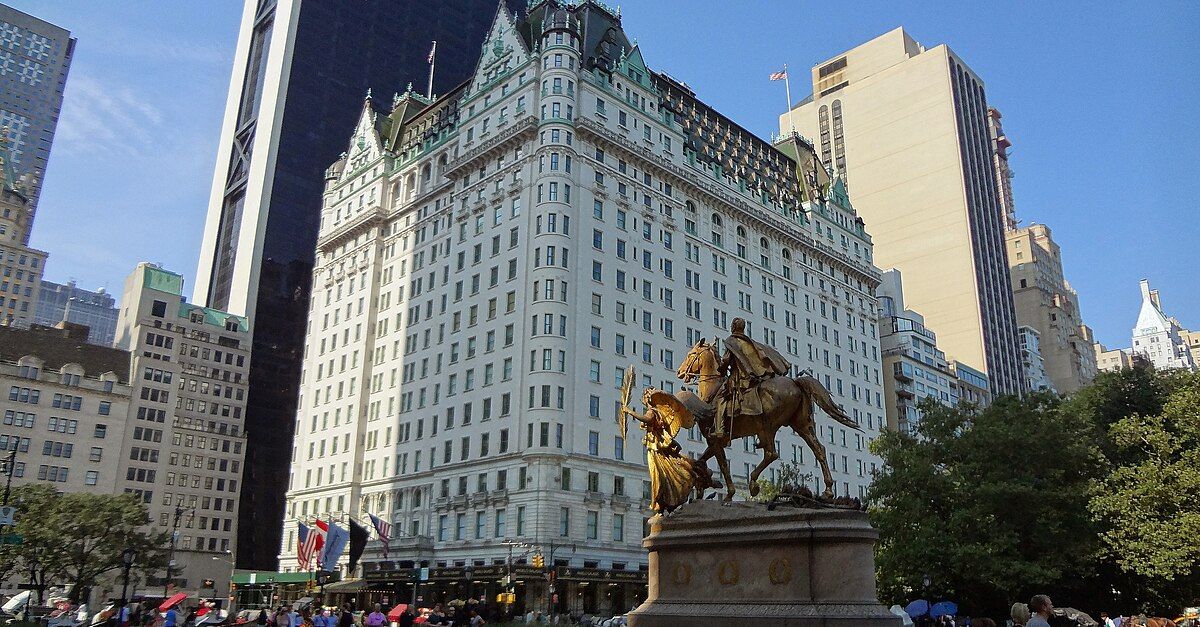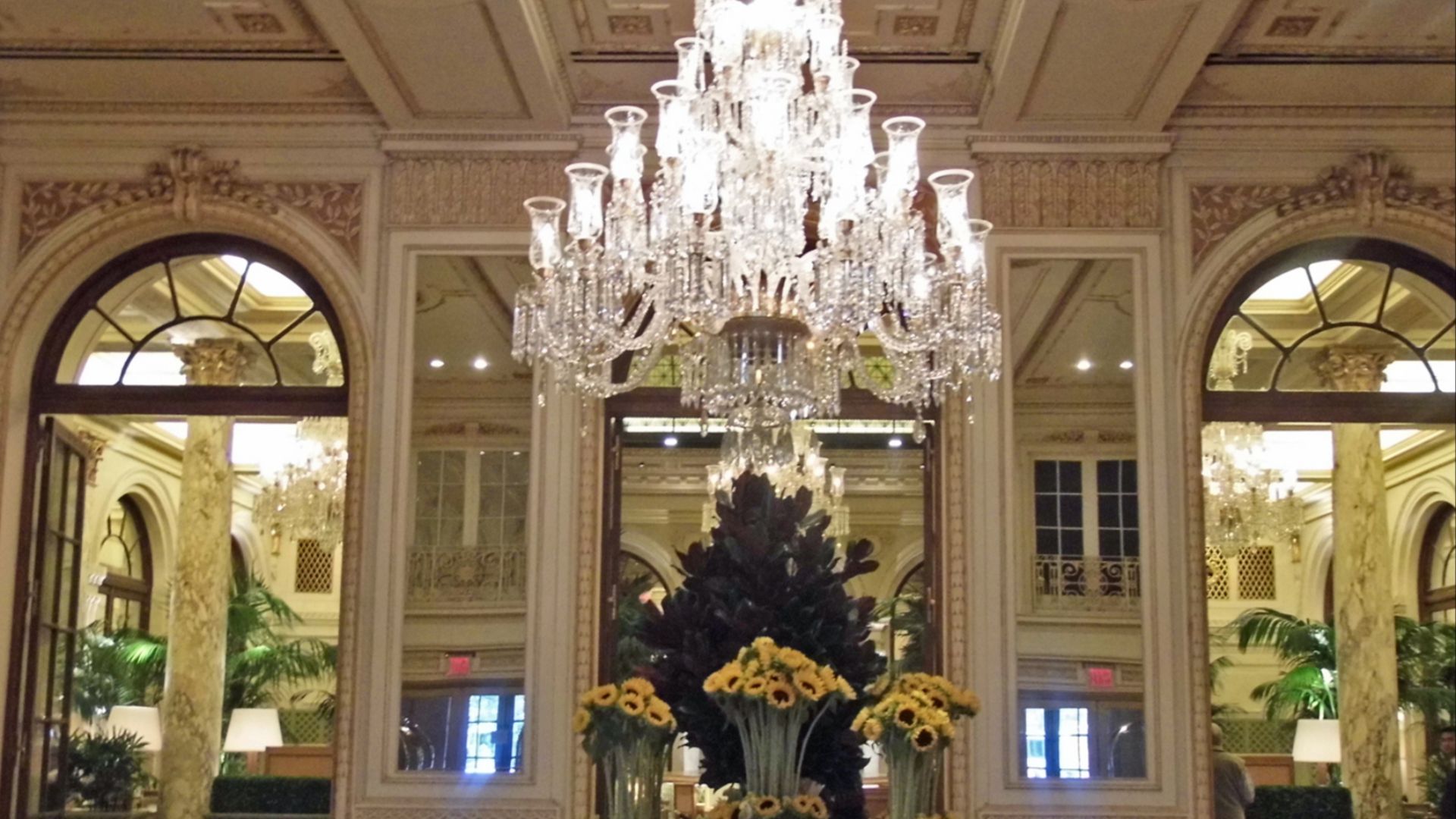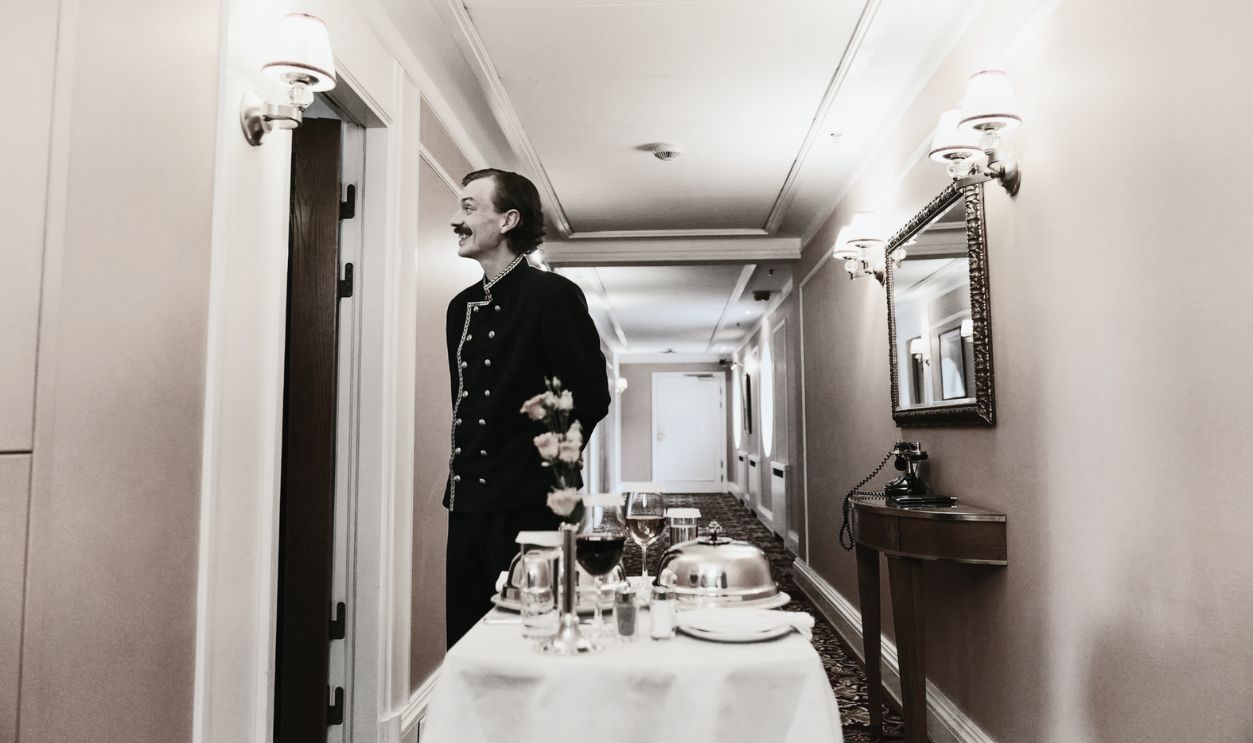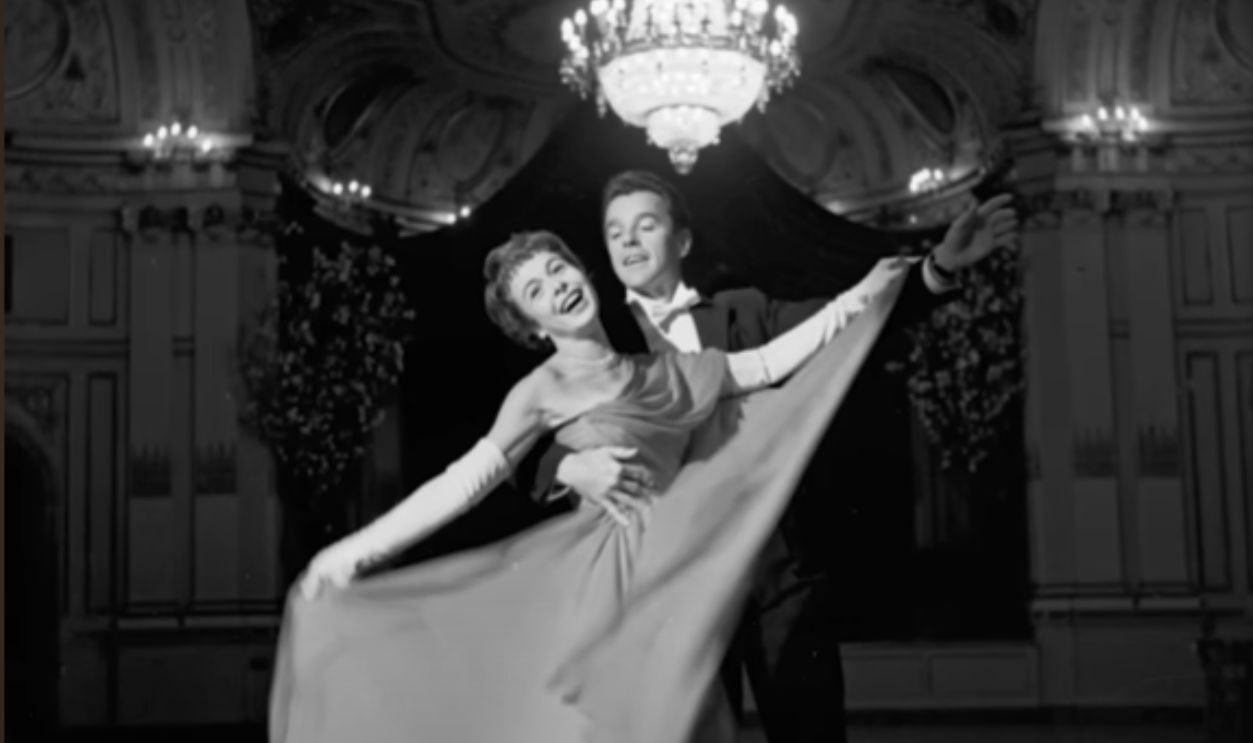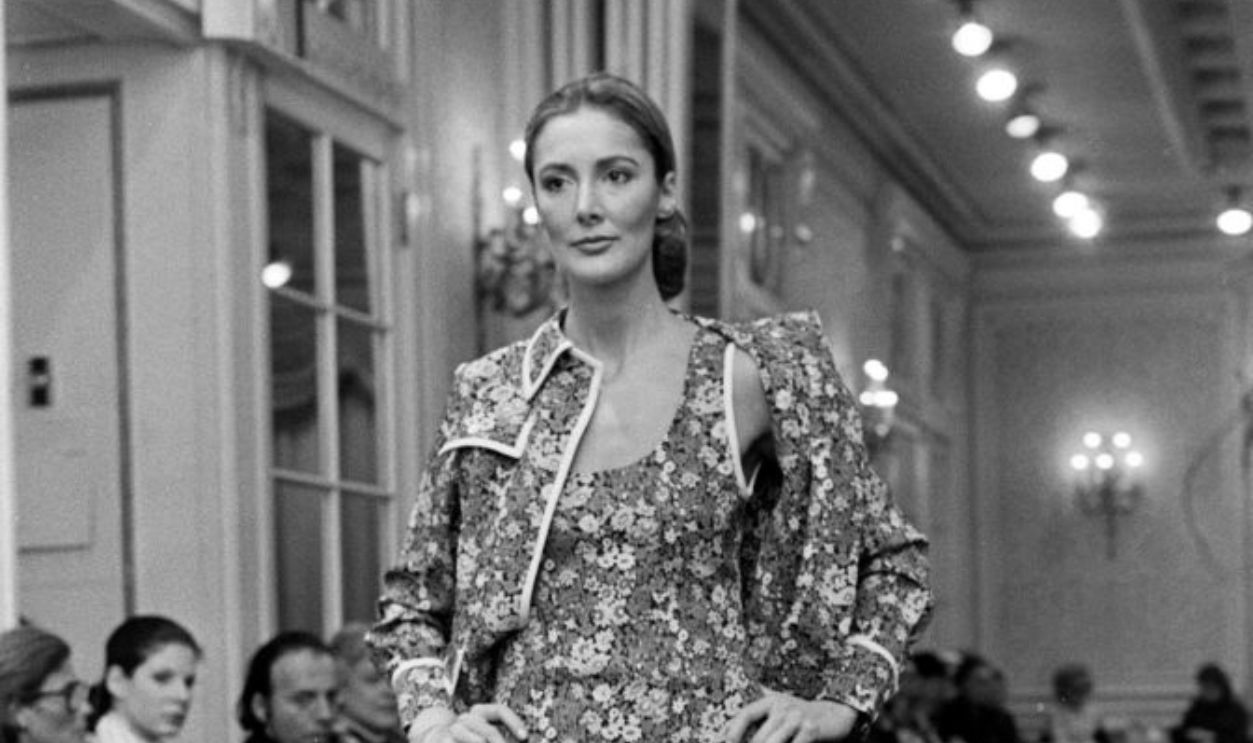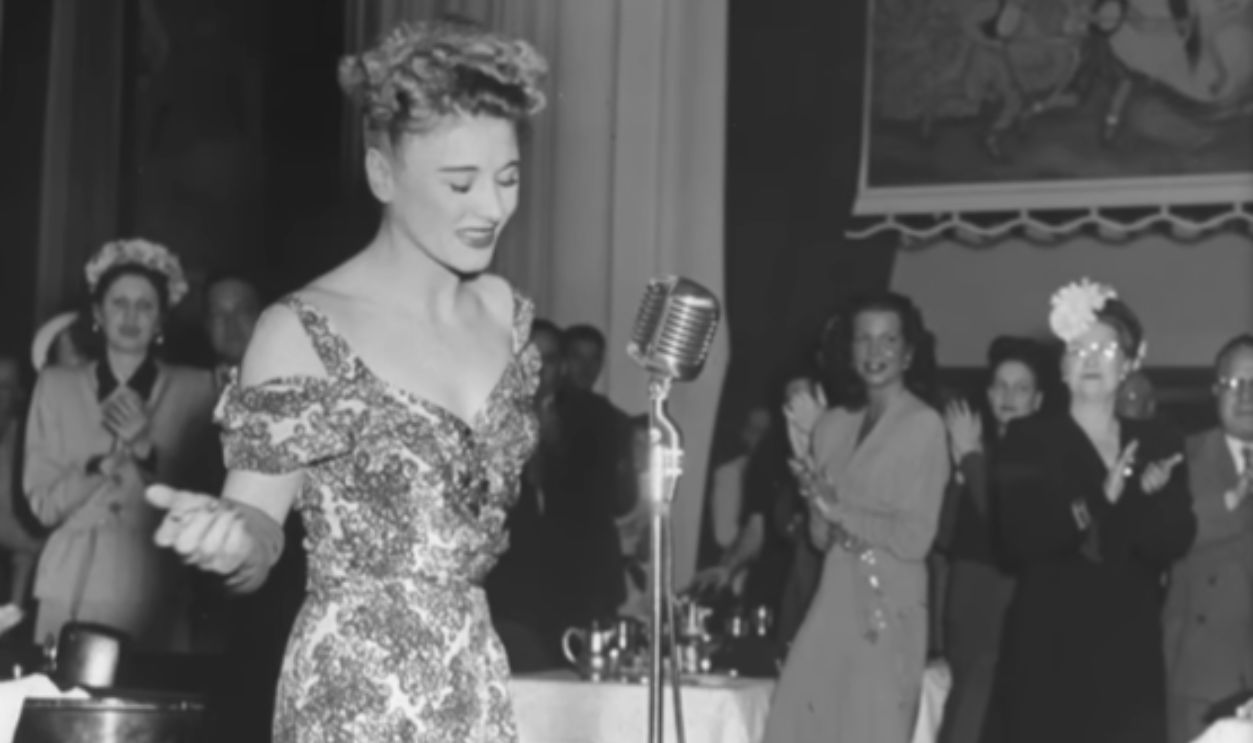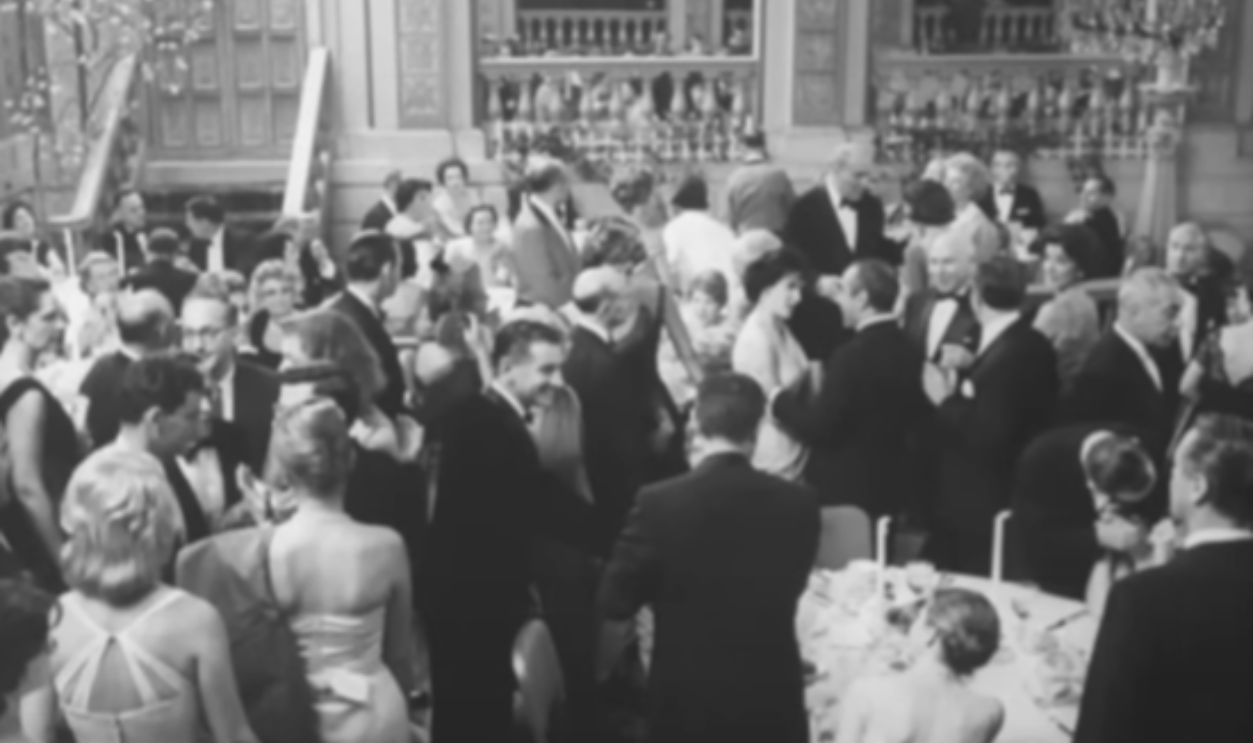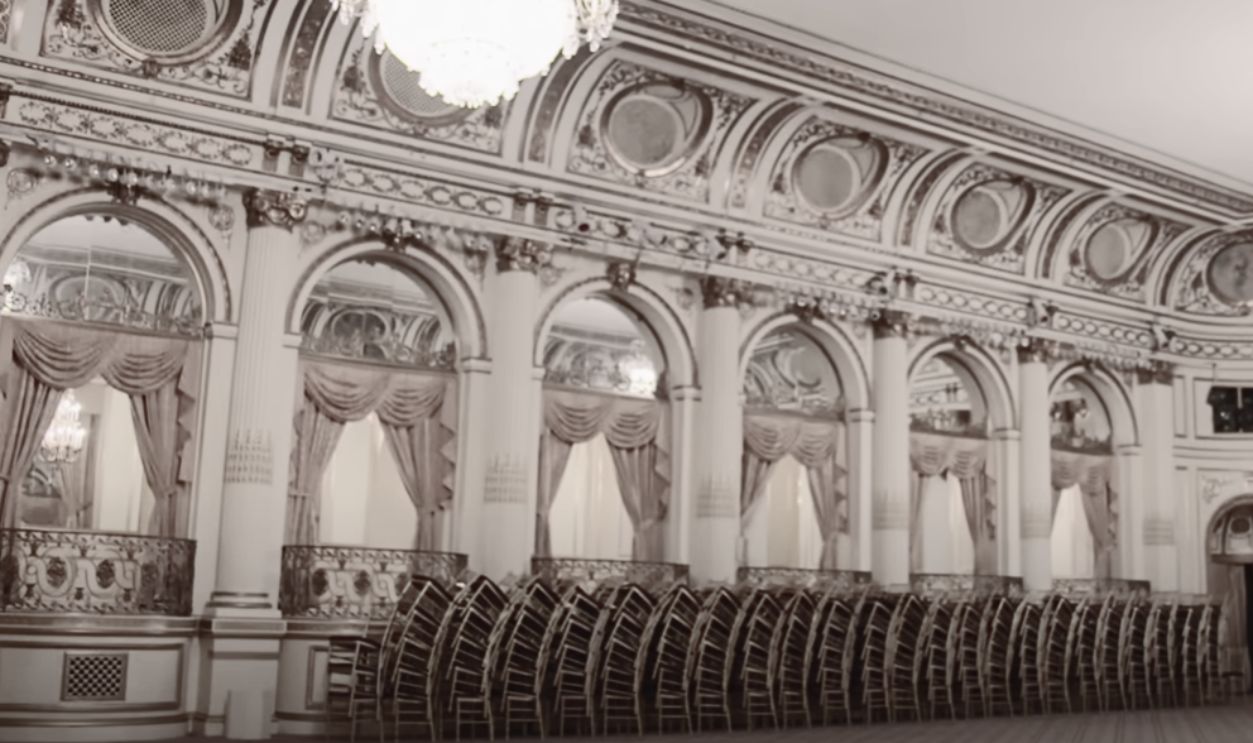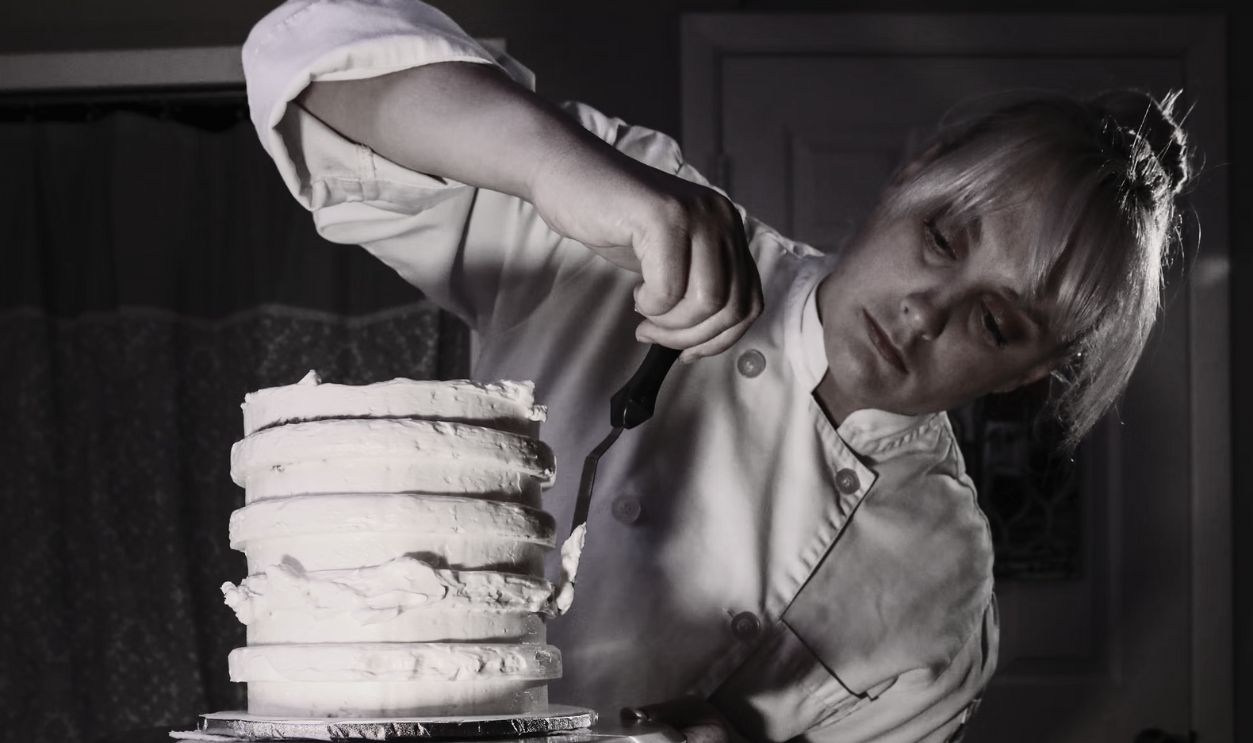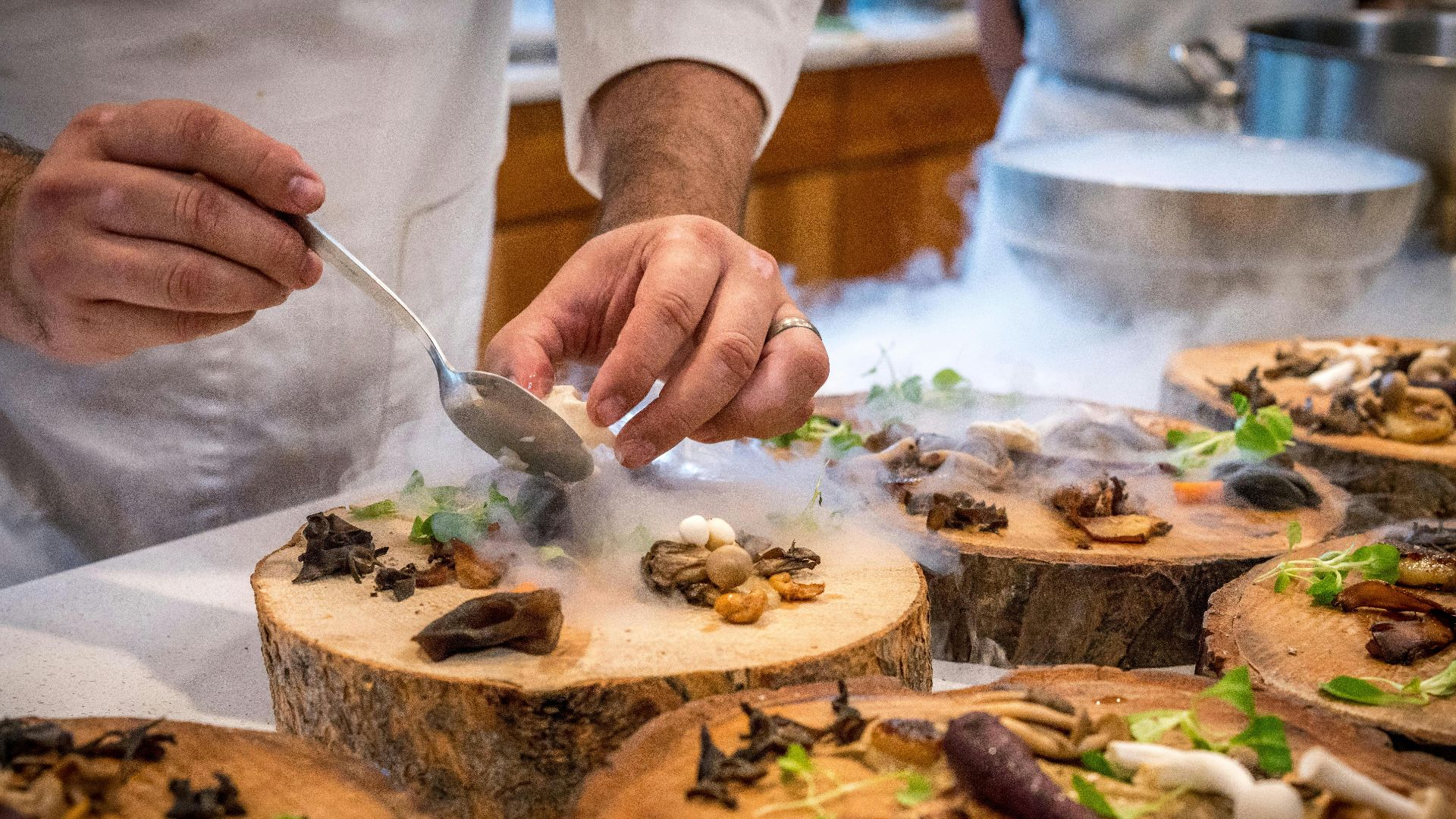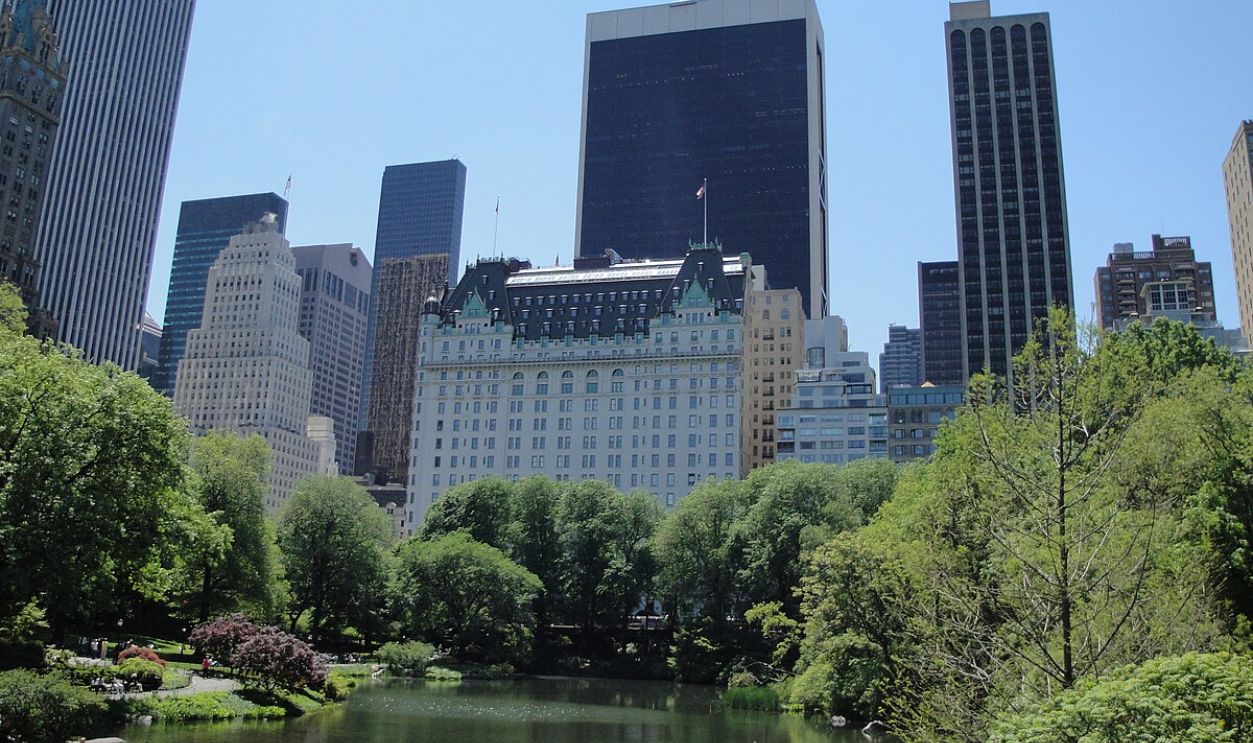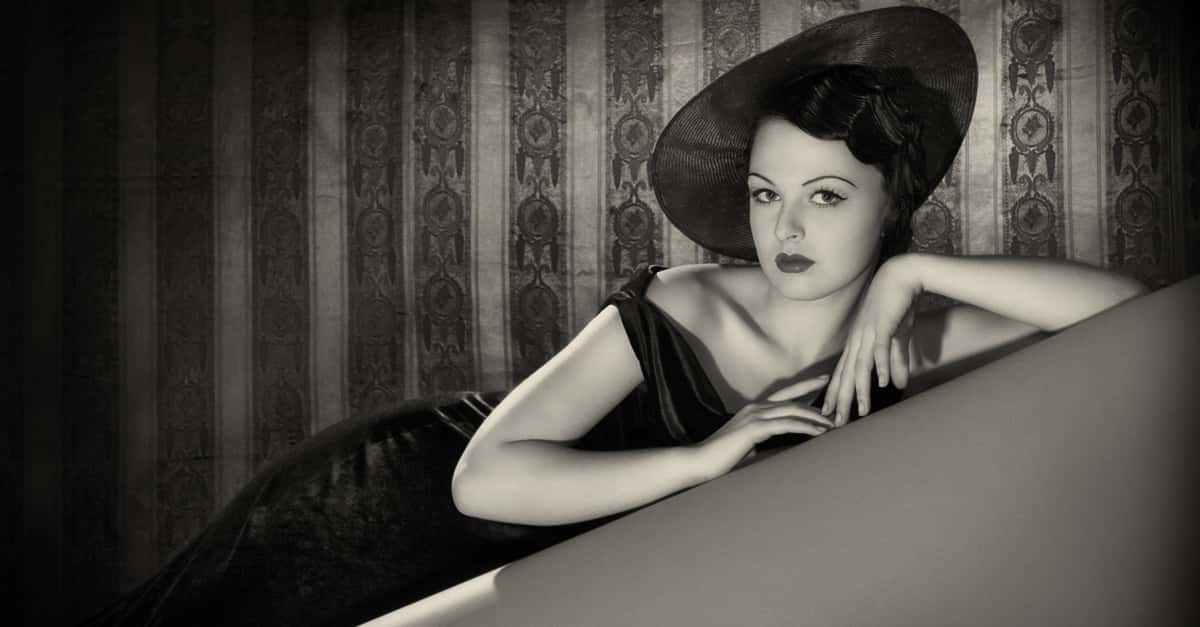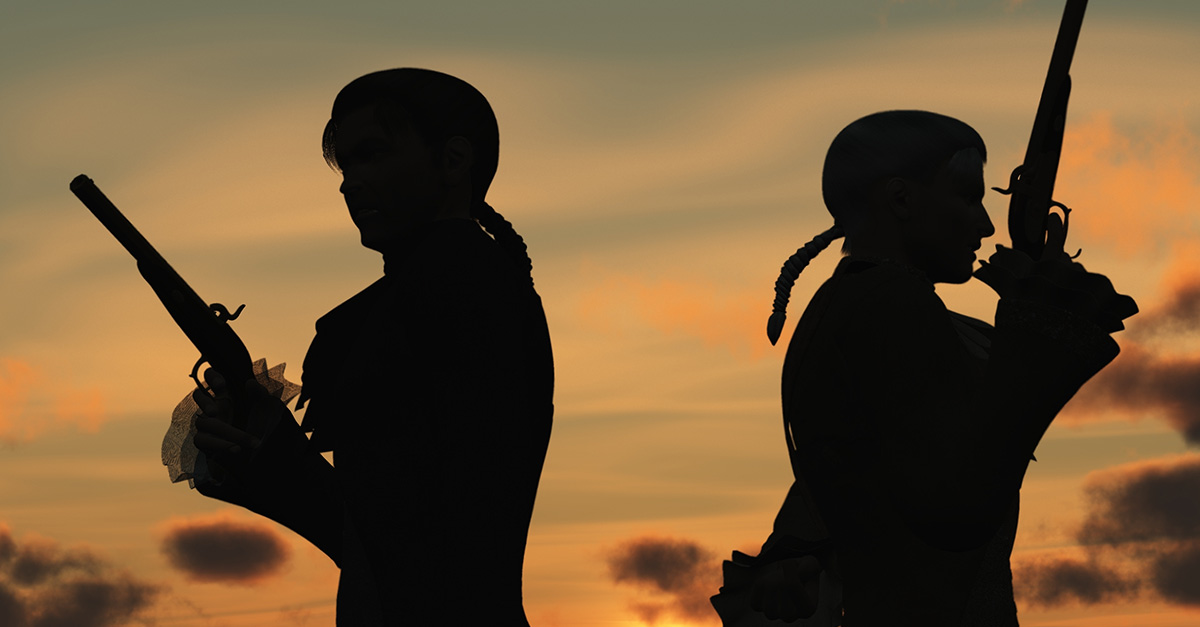A New York Landmark
Born from stone and steel on Fifth Avenue, the Plaza Hotel became one of New York's legends. Its halls have mirrored cultural shifts and welcomed countless unforgettable faces through over a century of change.
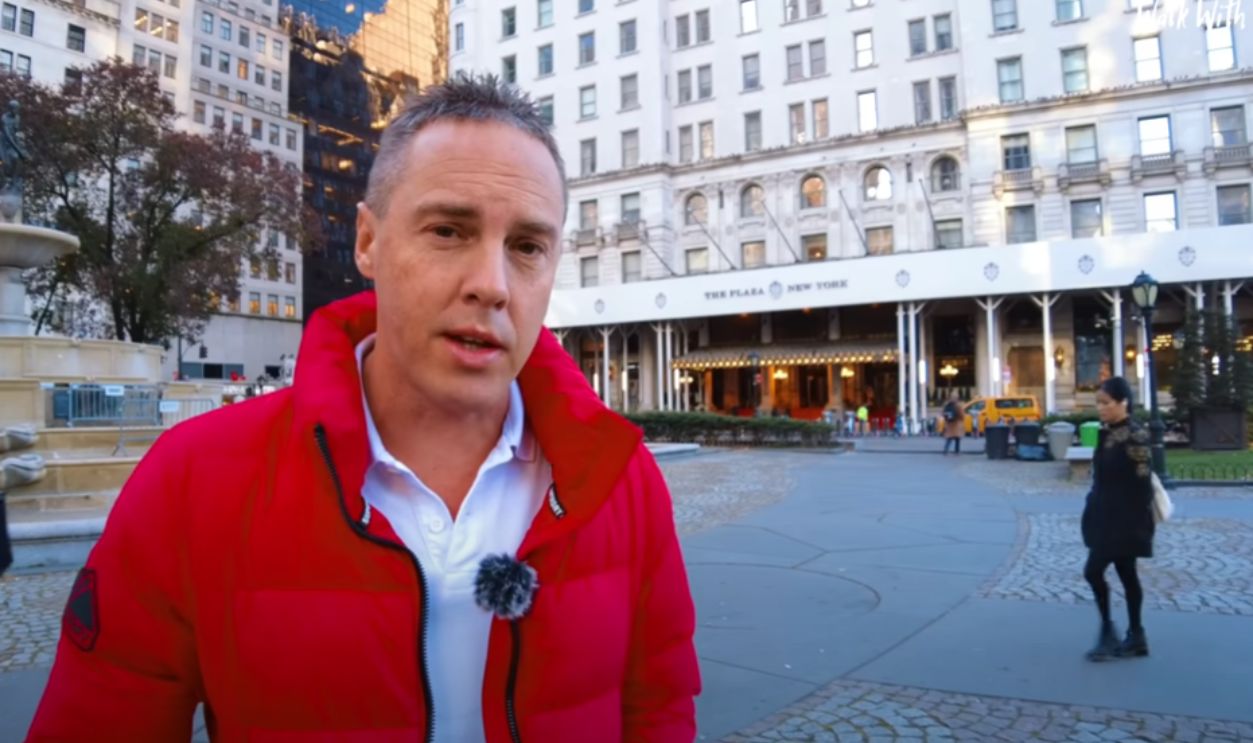
Design Dreams And Fifth Avenue Blueprints
In 1907, the Plaza Hotel opened its doors with a bold architectural statement. Designed by Henry J. Hardenbergh, the building fused French Renaissance with modern American opulence. Its marble and white brick facade and sweeping interiors redefined luxury for Manhattan’s elite and global travelers.
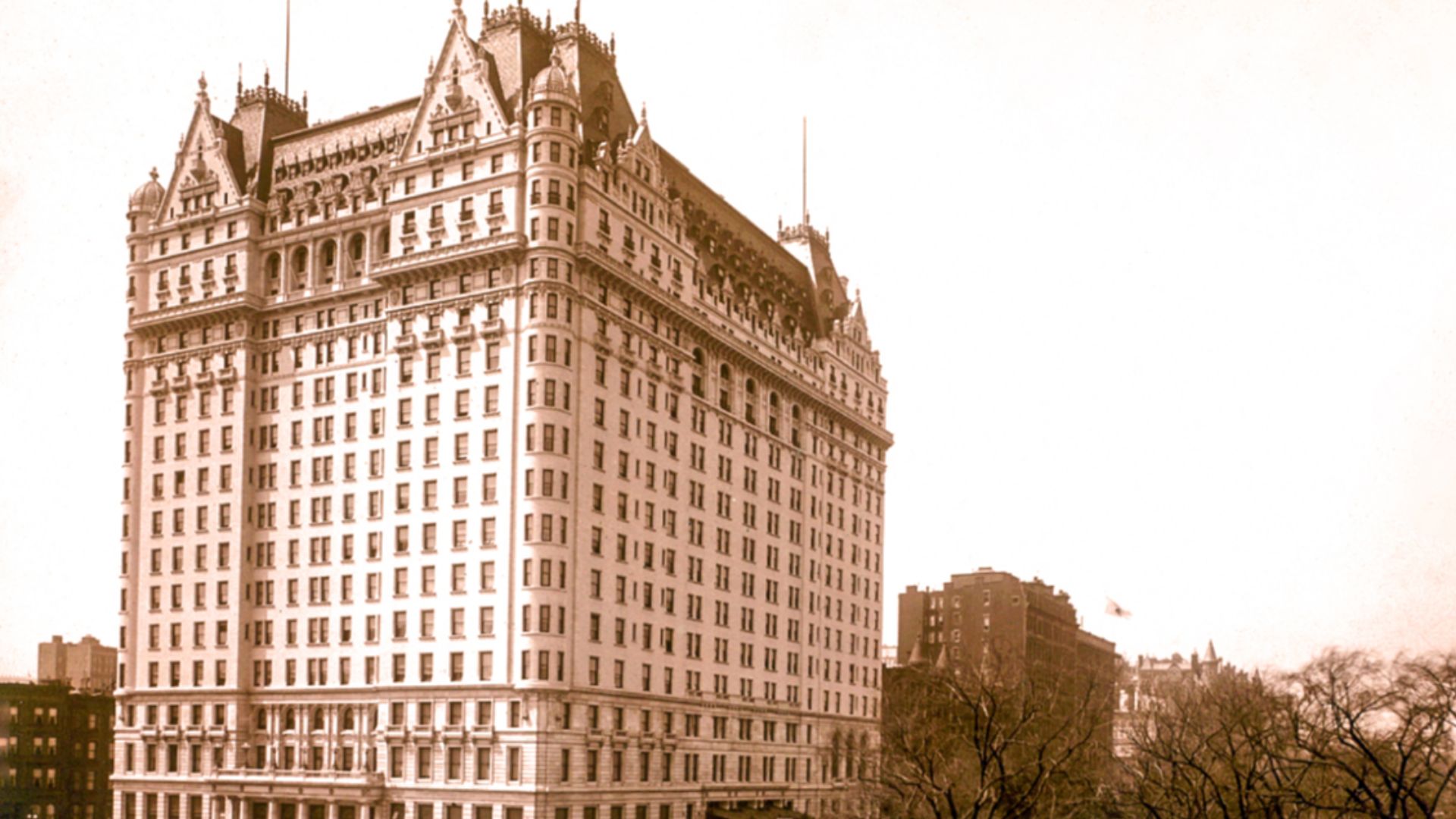 Unknown authorUnknown author, Wikimedia Commons
Unknown authorUnknown author, Wikimedia Commons
Design Dreams And Fifth Avenue Blueprints (Cont.)
The hotel’s location was no accident—anchored at the southeastern corner of Central Park, it occupied some of the most valuable real estate in New York. Its interiors featured chandeliers imported from Europe and mosaic-tiled floors, all aimed at attracting the spirit of a European palace in a growing American metropolis.
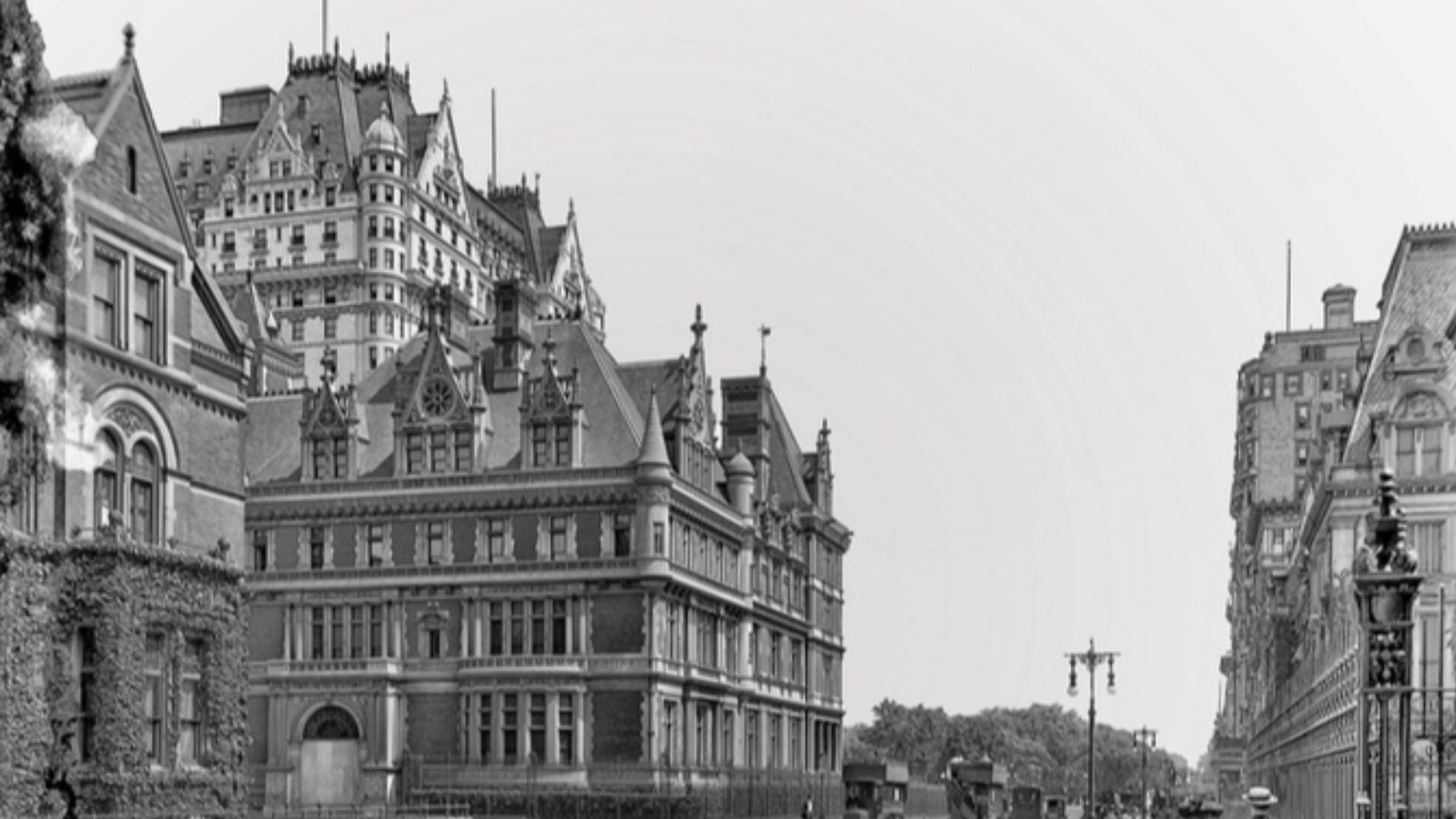 Unknown authorUnknown author, Wikimedia Commons
Unknown authorUnknown author, Wikimedia Commons
The Builders Who Raised The Gilded Landmark
While architects drew the vision, laborers gave it form. African American workers, rarely recognized in early 20th-century accounts, may have played a significant role in constructing the Plaza. Their potential contribution reflects the many untold hands that helped build landmarks across early 20th-century New York.
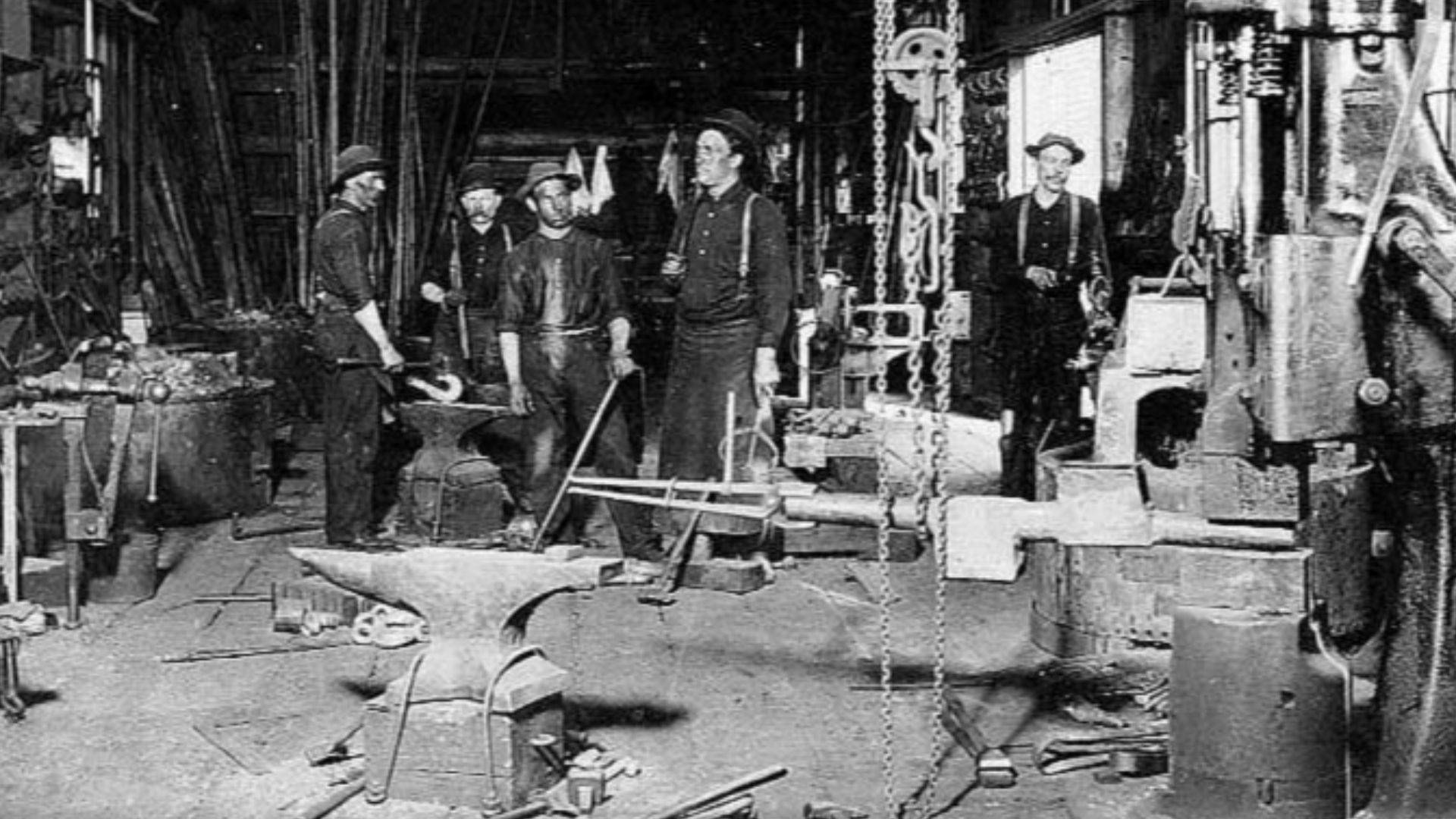 R.R. Stanton, Wikimedia Commons
R.R. Stanton, Wikimedia Commons
A Rival In Marble And Mirrors Across The Street
Just across from the Plaza stood the Savoy-Plaza Hotel, which opened in 1927. Its design was more modern and aimed to attract the same upper-crust clientele. Though it stood for approximately 38 years, its competition sharpened the Plaza’s image as a classic holdout against the rising tide of change.
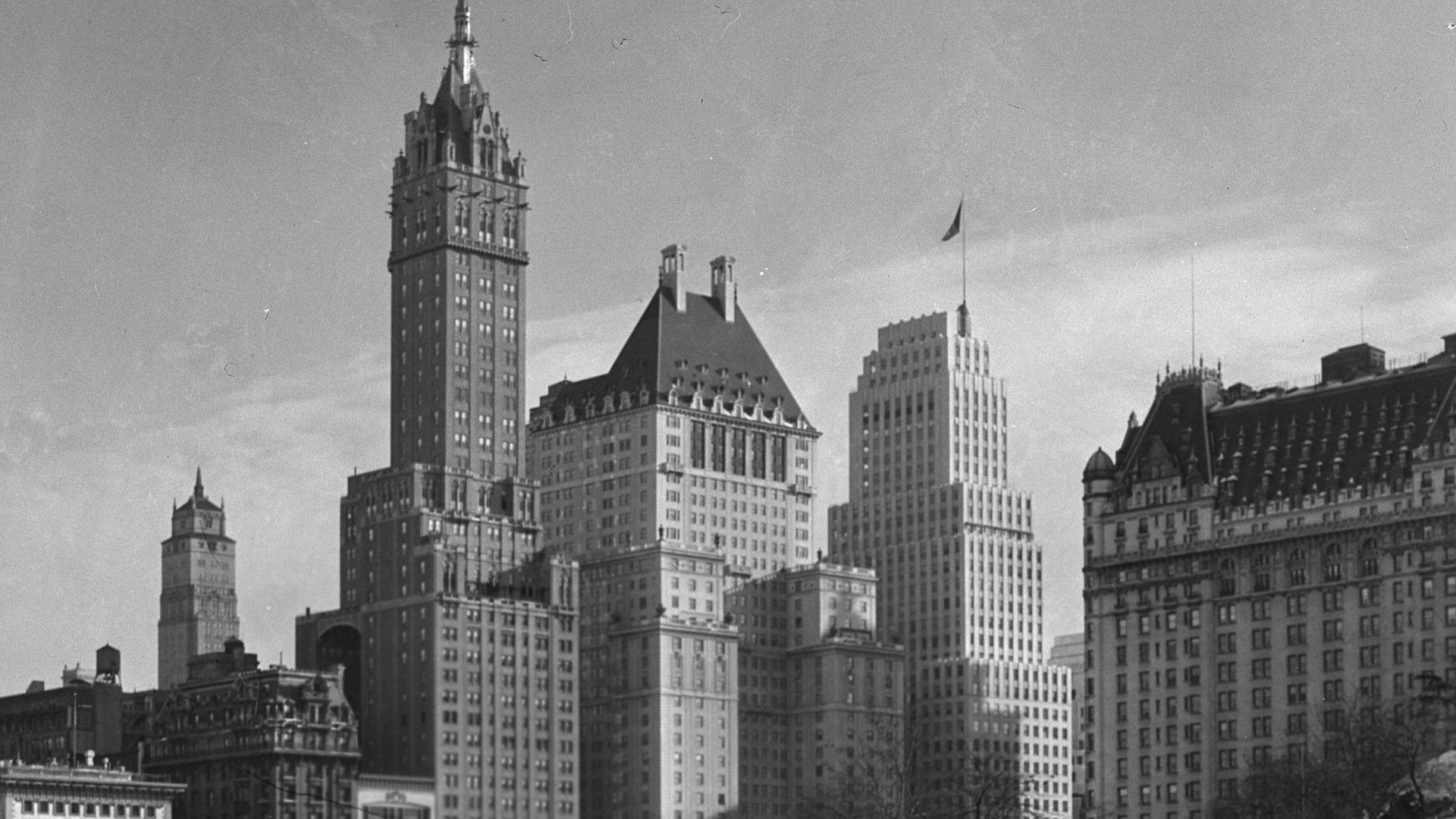 Samuel H. Gottscho, Wikimedia Commons
Samuel H. Gottscho, Wikimedia Commons
How Early Photos Framed The Plaza's Persona
The earliest images of the Plaza shaped its identity in the public eye. Black-and-white photographs highlighted its symmetry and elegance. These widely circulated prints gave the hotel cultural weight by elevating its status and embedding its reputation in the minds of a growing metropolis.
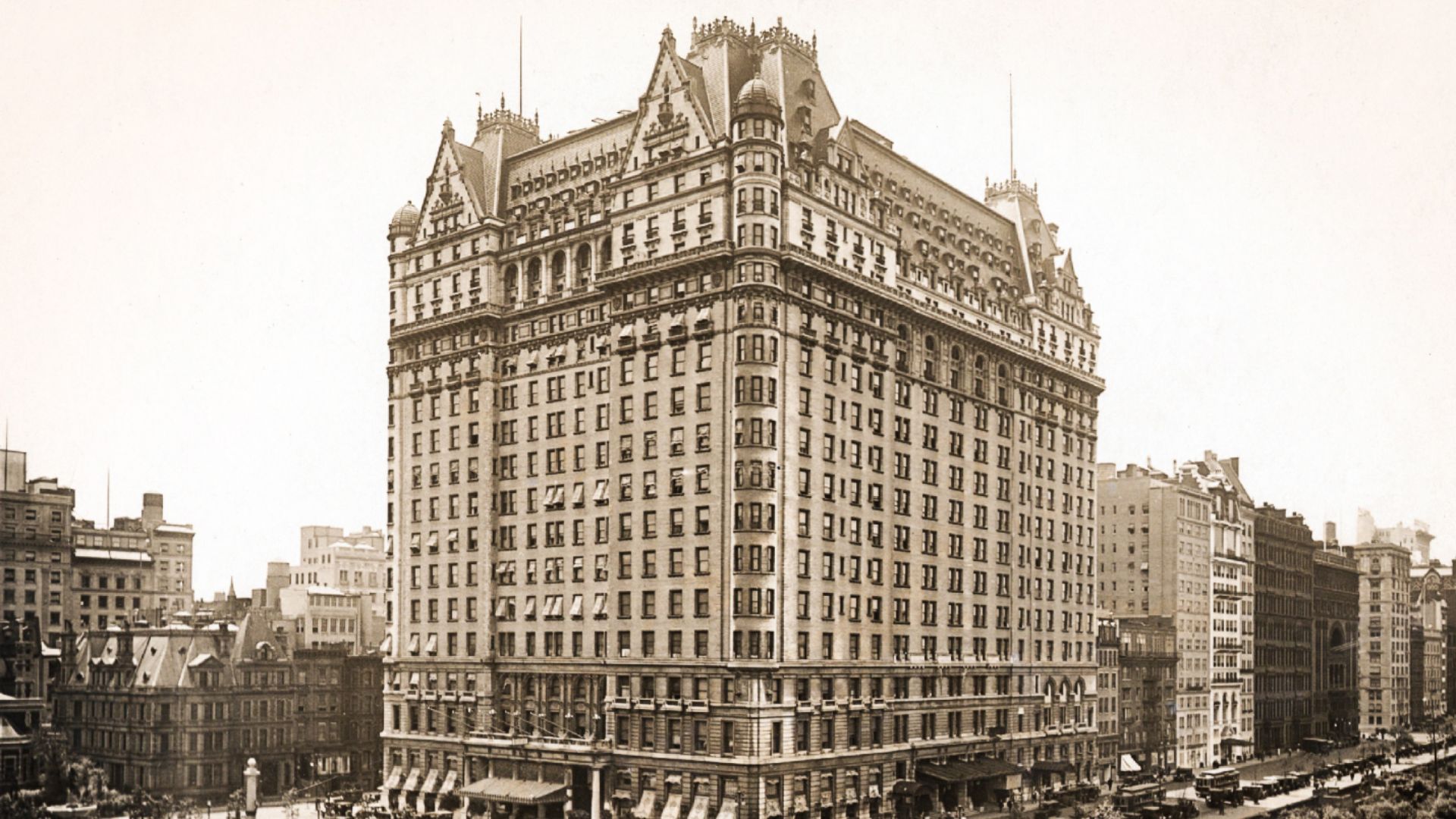 Ewing Galloway (Photographer), Wikimedia Commons
Ewing Galloway (Photographer), Wikimedia Commons
Legends Who Slept Beneath The Chandeliers
From F. Scott Fitzgerald to the Beatles, the Plaza has hosted names etched into cultural memory. Fitzgerald even immortalized it in The Great Gatsby. Over the decades, actors and world leaders made it a stage for private moments and public intrigue.
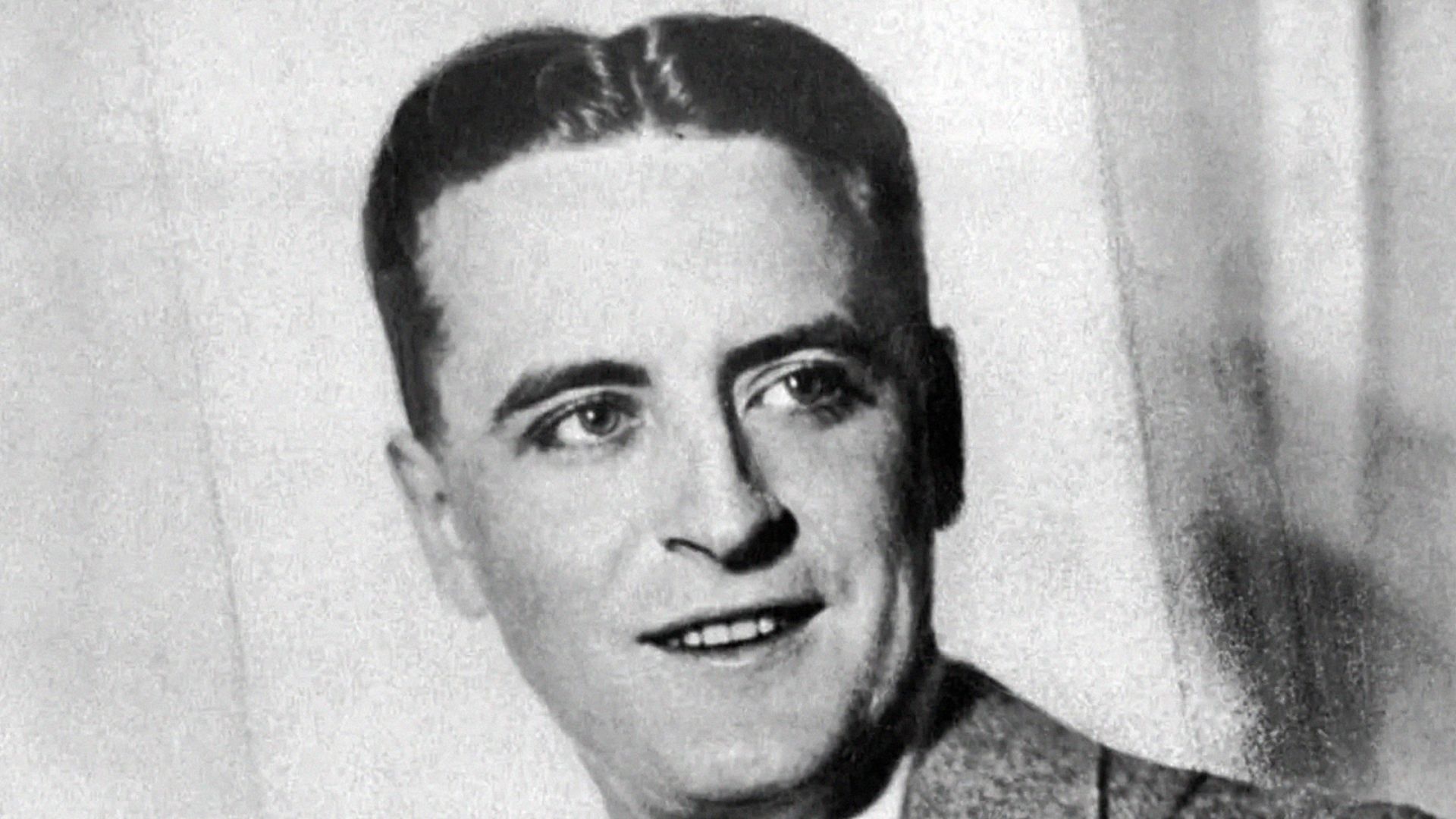 Studio photographer, Wikimedia Commons
Studio photographer, Wikimedia Commons
Inside The Golden Age Of Guest Experience
During the mid-20th century, the Plaza set new benchmarks for hospitality. Uniformed bellhops and personalized staff services were not considered luxuries but part of the standard experience. This era defined luxury as tailored attention, where no detail was too small to polish.
Switchboards And Mail Chutes Behind The Curtain
Out of sight but central to function, the Plaza's internal communication systems once included entire rooms of telephone operators and a streamlined mail distribution network. Guests received calls and messages seamlessly, thanks to an invisible choreography of switchboard efficiency.
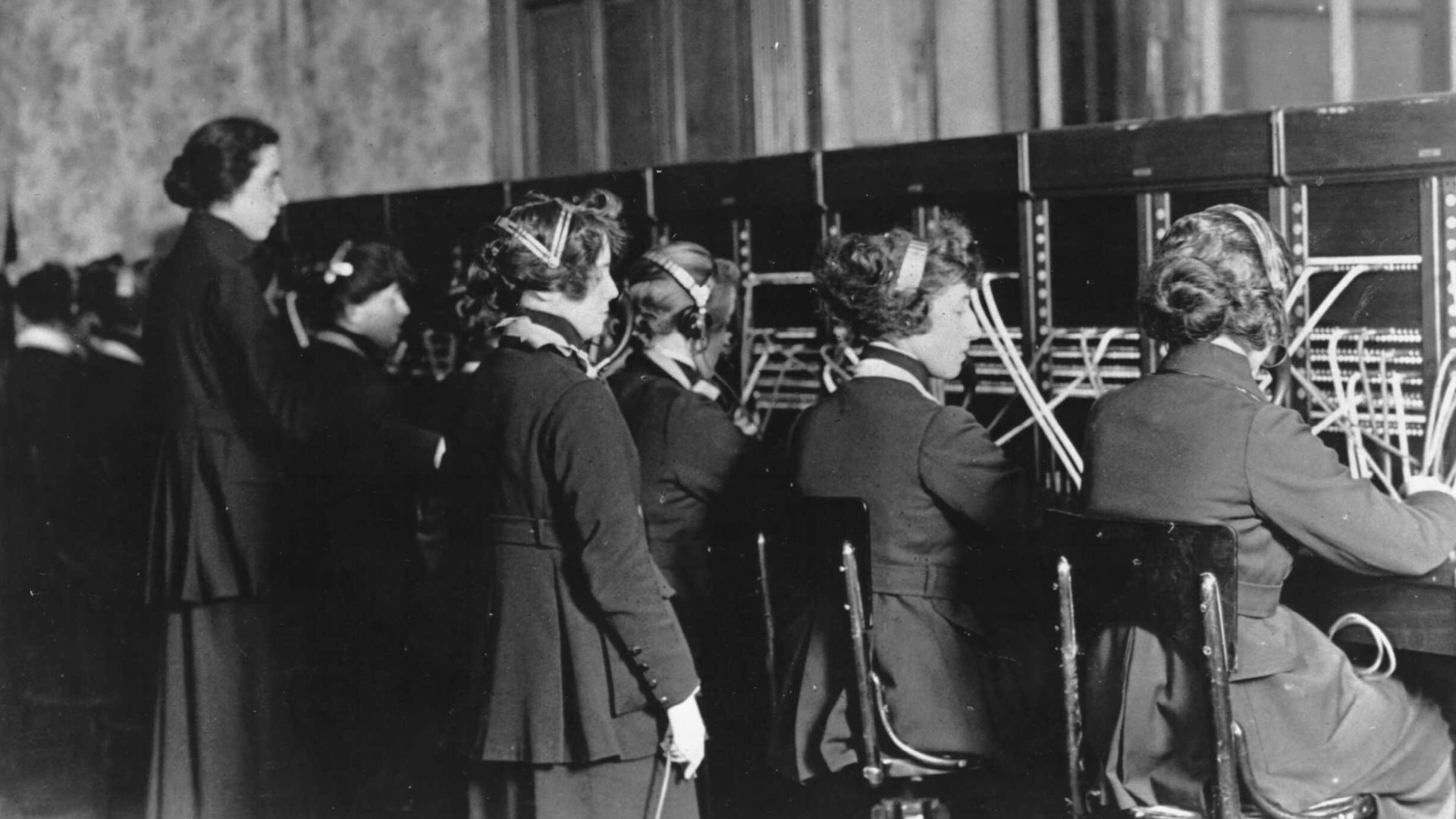 Lt. Drucker, United States Army Signal Corps, Wikimedia Commons
Lt. Drucker, United States Army Signal Corps, Wikimedia Commons
Setting Tables And Standards In Hospitality
Room service at the Plaza turned food into a ceremonial experience. Silver trays and ornate cloches defined the dining experience. Staff rehearsed presentation techniques by ensuring every meal delivered to a suite reflected the hotel's uncompromising standard of elegance and etiquette.
A Dress Code For Debutantes And Dreamers
The Plaza became a finishing school for New York's elite. Debutante balls introduced young women to society beneath glittering chandeliers. These events served as status milestones, chronicled by the press and embedded in the cultural calendar of the city's upper class.
The Plaza Runway Was A Thing
Fashion wasn’t confined to boutiques. Designers like Elsa Schiaparelli appeared at the Plaza to showcase their designs in its elegant spaces. The hotel’s halls served as refined stages where garments and personalities mingled by setting a stylish tone that rippled through Manhattan’s fashion ecosystem.
Spotlight On Society's Rising Stars
Emerging fashion icons and ambitious socialites found their spotlight at the Plaza. Its guest lists reflected the shifting tides of cultural momentum. Writers and young heirs each added their presence to a space that helped define the mood and movement of an evolving city.
Backstage At The Dream Ball
The Art Students League's Dream Ball was an equal parts costume party and creative explosion. Held at the Plaza, it brought students and bohemians into high-society spaces. With handmade gowns and thematic spectacles, it blurred the lines between tradition and experimentation.
The Ballroom That Held New York's Secrets
Generations of guests danced across marble floors in a space alive with unspoken stories. Political fundraisers and secret meetings unfolded under gilded ceilings. Whispers and alliances lingered in the air, which shaped moments that slipped past the official record but never escaped memory.
Hollywood's Check-In
By the mid-20th century, the Plaza had become a preferred address for Hollywood royalty. Actor Henry Fonda and his wife Shirlee were among its celebrated guests. The hotel's grand interiors offered a polished backdrop where public personas could unwind, and fame found a quiet corner.
 Trailer screenshot, Wikimedia Commons
Trailer screenshot, Wikimedia Commons
Ruth Cosgrove And The Media's Mirror
Publicist Ruth Cosgrove was photographed at the Plaza alongside her husband, film producer Mark Goodson. The image told a broader story that reflected how the hotel became a media playground, where reputations were managed and glamour sustained under the watchful eye of the press.
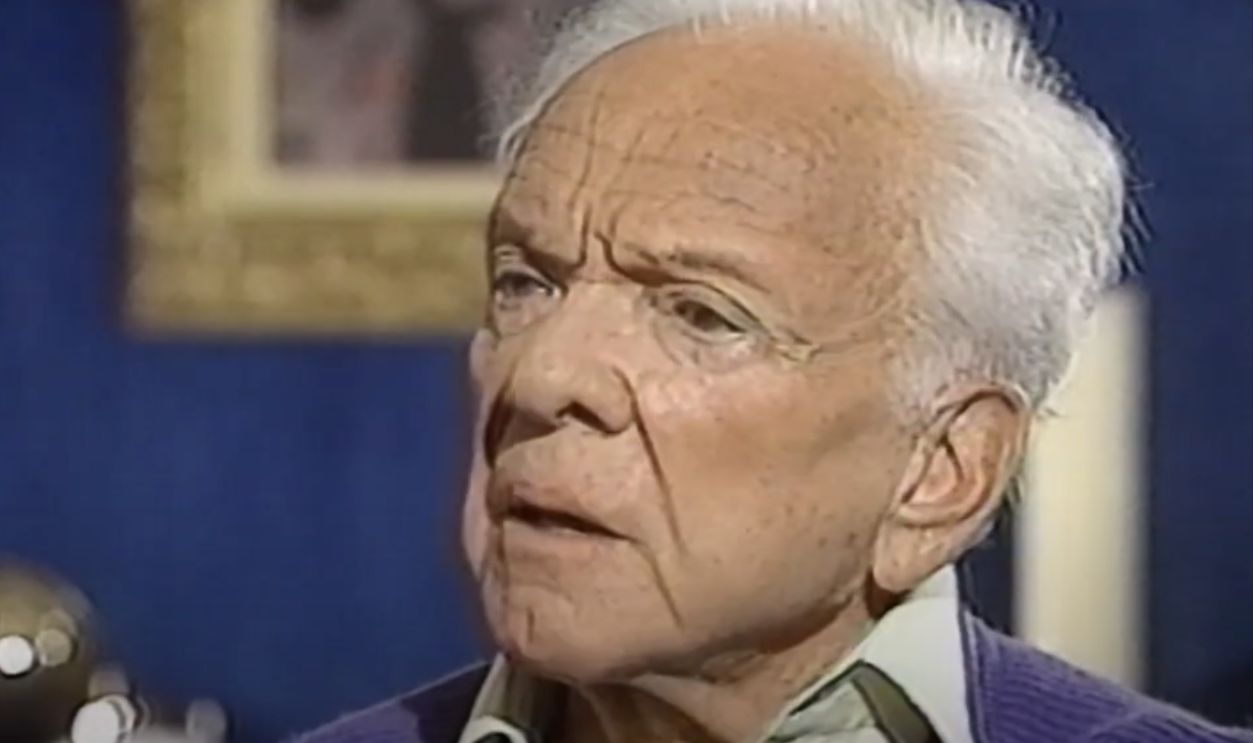 CNN Pinnacle - Mark Goodson - 1/25/92 by Museum of Television Production Music
CNN Pinnacle - Mark Goodson - 1/25/92 by Museum of Television Production Music
Don King And Tyson Added Punch To The Guest List
Boxing promoter Don King and champion Mike Tyson attended the March of Dimes Gourmet Gala at the Plaza in the 1980s. Their presence electrified the event by blending high society with pop culture. The hotel had become a stage for personalities that shaped national headlines.
 Mike Tyson & Don King @ The Pat Sajak Show 1989 by MyInnerEyeInterview2
Mike Tyson & Don King @ The Pat Sajak Show 1989 by MyInnerEyeInterview2
Where Deals Were Served With Dessert
During the Plaza's business-lunch heyday, its dining rooms became informal boardrooms. Fashion executives and power players sealed agreements over fine meals. The food was exquisite, but the real value lay in connections made and reputations solidified across white linen tables.
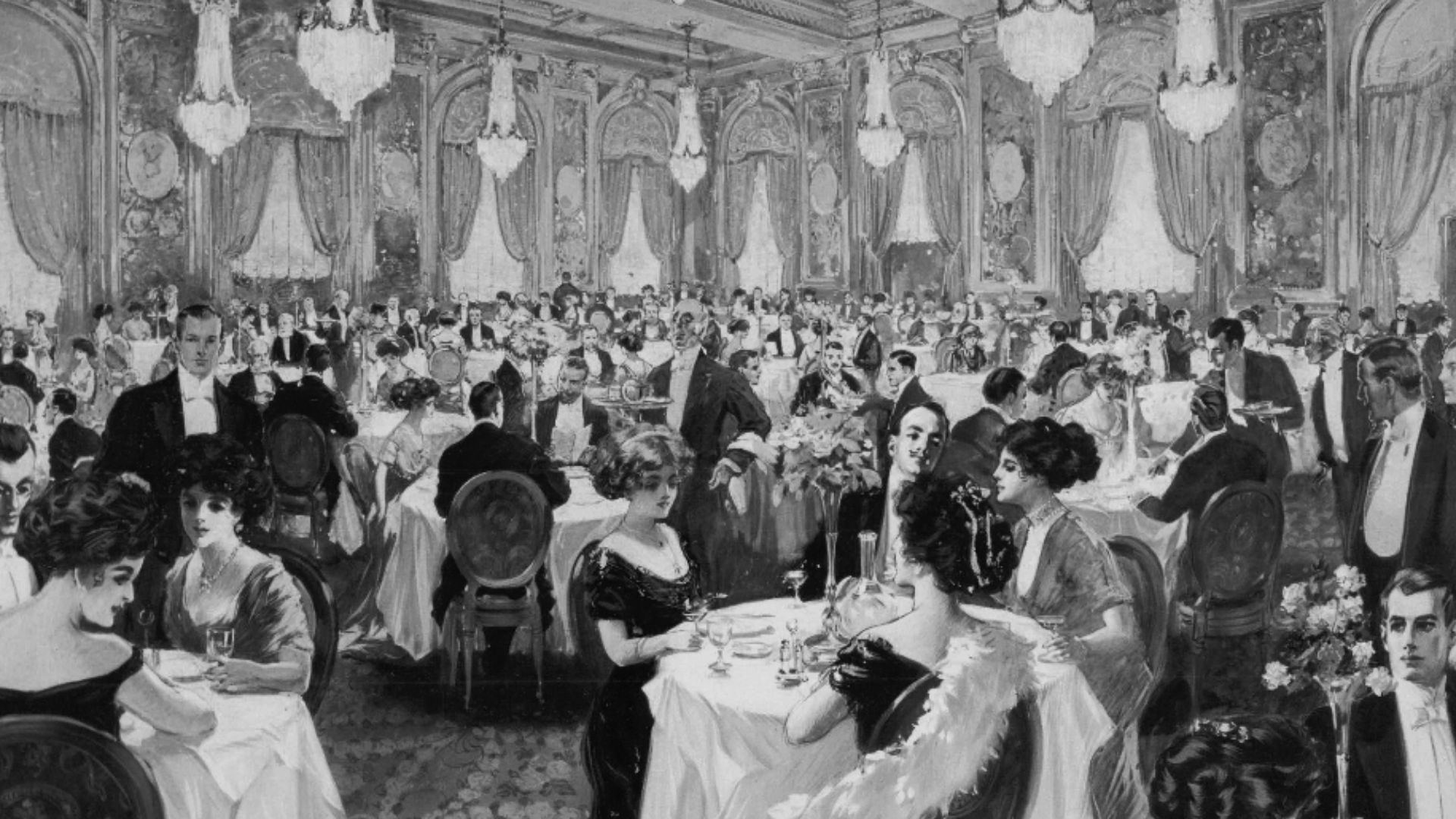 Unknown authorUnknown author, Wikimedia Commons
Unknown authorUnknown author, Wikimedia Commons
Housekeeping In A Palace Of Precision
Cleanliness at the Plaza was treated as a visual language of luxury. Housekeepers followed strict routines by smoothing every bed crease and aligning each towel. Their quiet labor shaped the guest experience long before room service arrived. And this was consistent throughout every suite.
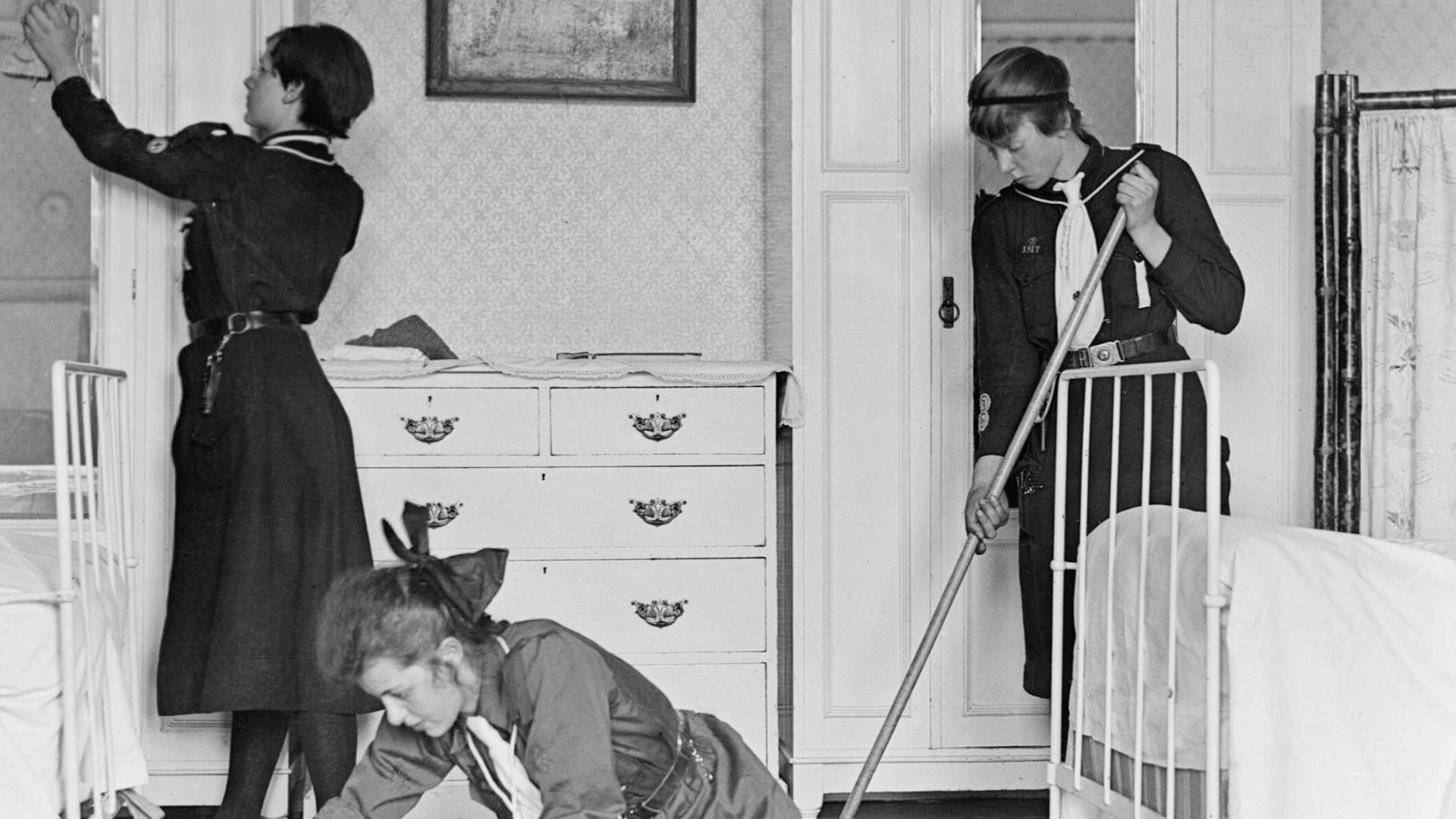 Lewis, George P. (Photographer), Wikimedia Commons
Lewis, George P. (Photographer), Wikimedia Commons
The Supervisor Who Sorted Mail Like Royal Invitations
Inside the Plaza, mail services moved with clockwork precision. Supervisors managed sorting and timely delivery across floors. Couriers operated with discretion, turning correspondence into a near-invisible process that preserved the rhythm of operations and safeguarded the communication of high-profile individuals with the utmost care.
Training Hands For Culinary Excellence
Beneath the kitchen's polished surface, learning and labor merged with purpose. Aspiring chefs honed their skills and detail under careful mentorship. Instruction upheld tradition by preserving standards while nurturing future professionals who would carry forward the hotel's legacy with discipline and refined precision.
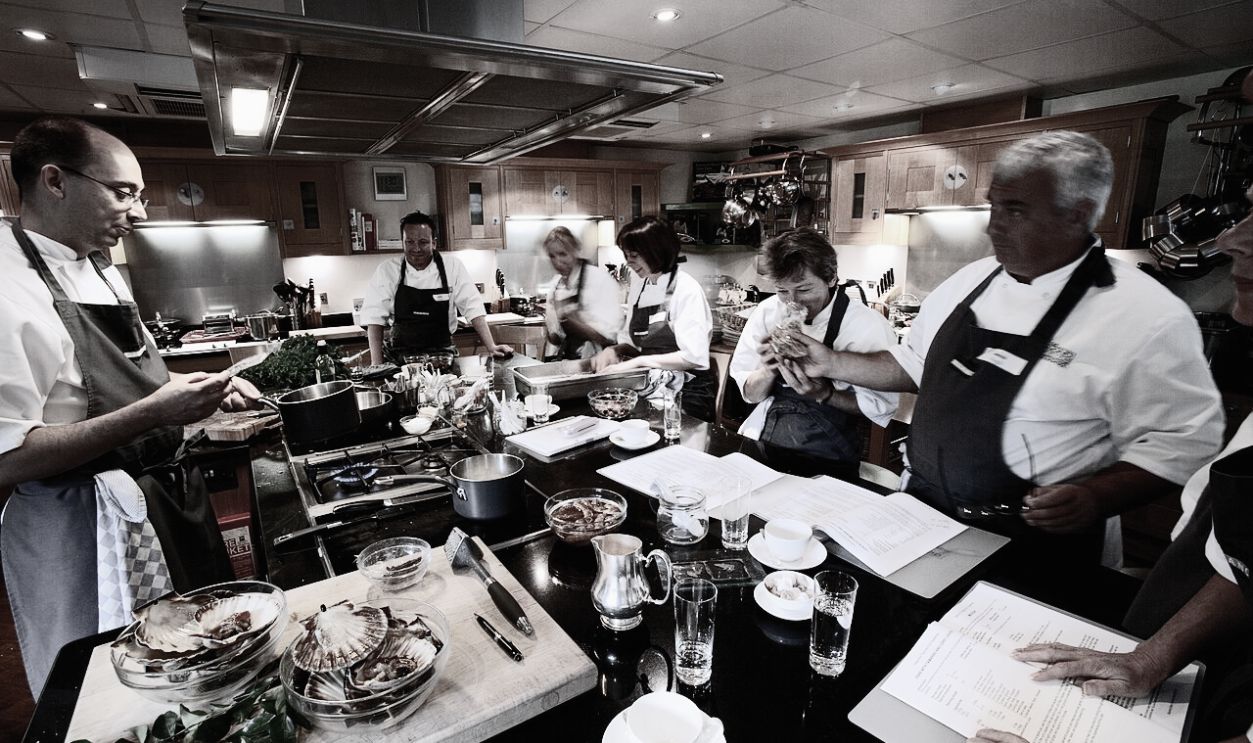 Jorge Royan, CC BY-SA 3.0, Wikimedia Commons
Jorge Royan, CC BY-SA 3.0, Wikimedia Commons
Pastry Perfection In A Palace Kitchen
Precision guided every move in the pastry department, where science met artistry. Techniques like sugar temperature control and sculpted finishes turned desserts into visual marvels. Presentation mattered as much as flavor, and pastry chefs consistently delivered the drama that luxury guests silently demanded with each course.
How Taste Became A Signature Experience
Tasting was a philosophy. Every dish passed through sensory checks before leaving the kitchen. Chefs tested the texture and aroma to ensure consistency. The result transcended the act of eating. It was the subtle art of quality control turned ritual.
Fifth Avenue's Crown Jewel Through The Ages
The Plaza Hotel, situated at the corner of Fifth Avenue and Central Park South, is a significant architectural landmark in Manhattan. Its French Renaissance-inspired design has endured decades of development around it, standing not as a relic but as a fixture in the city's skyline and story.
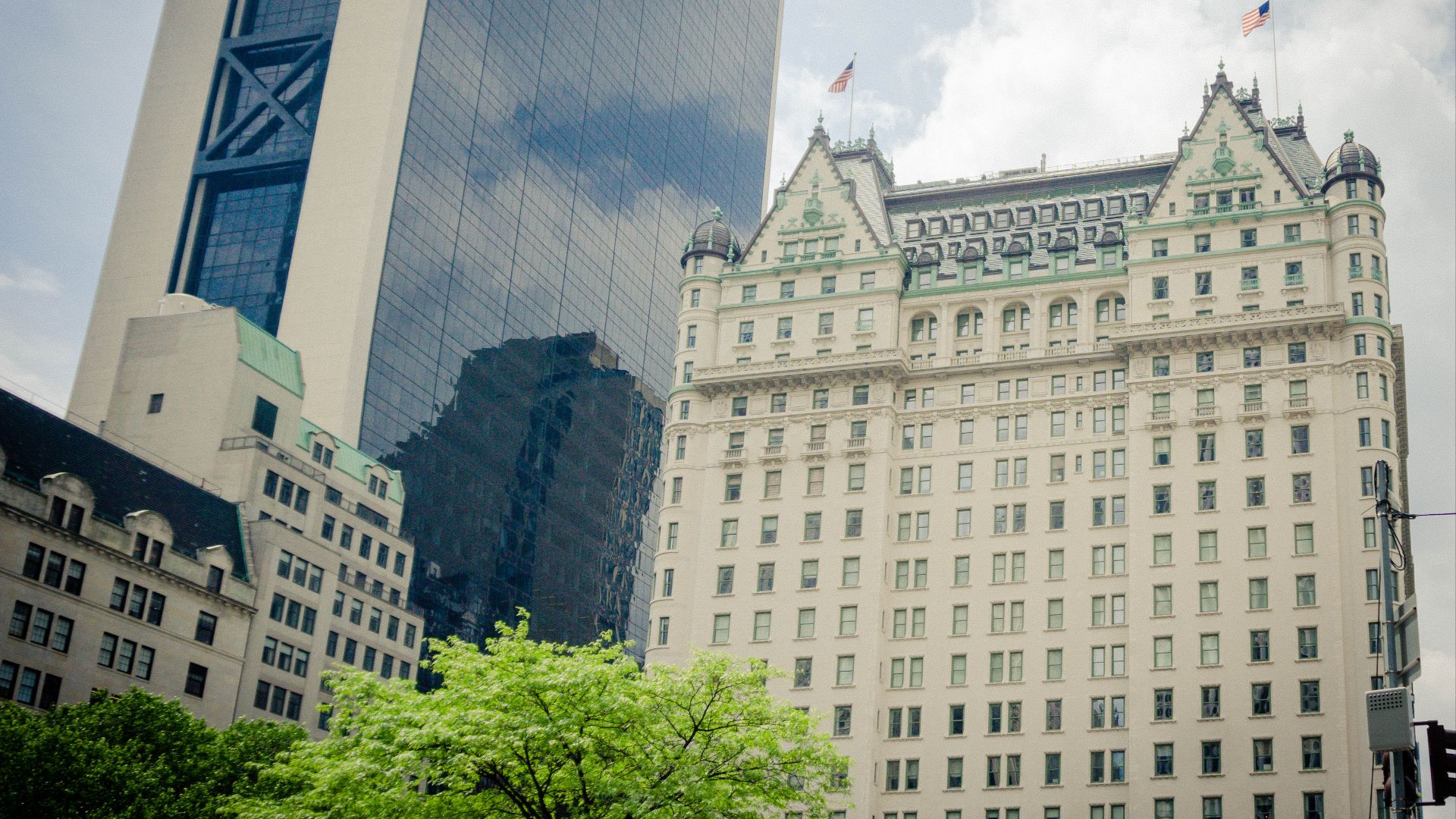 Jeffrey Zeldman from Manhattan, USA, Wikimedia Commons
Jeffrey Zeldman from Manhattan, USA, Wikimedia Commons
What The Plaza Still Means To A City That Never Sleeps
Beyond its walls of marble and history, the Plaza continues to symbolize arrival. To tourists, it offers cinematic nostalgia. To locals, it holds a memory. For New York itself, the hotel reflects permanence amid change, where heritage thrives even as the skyline keeps moving forward.

